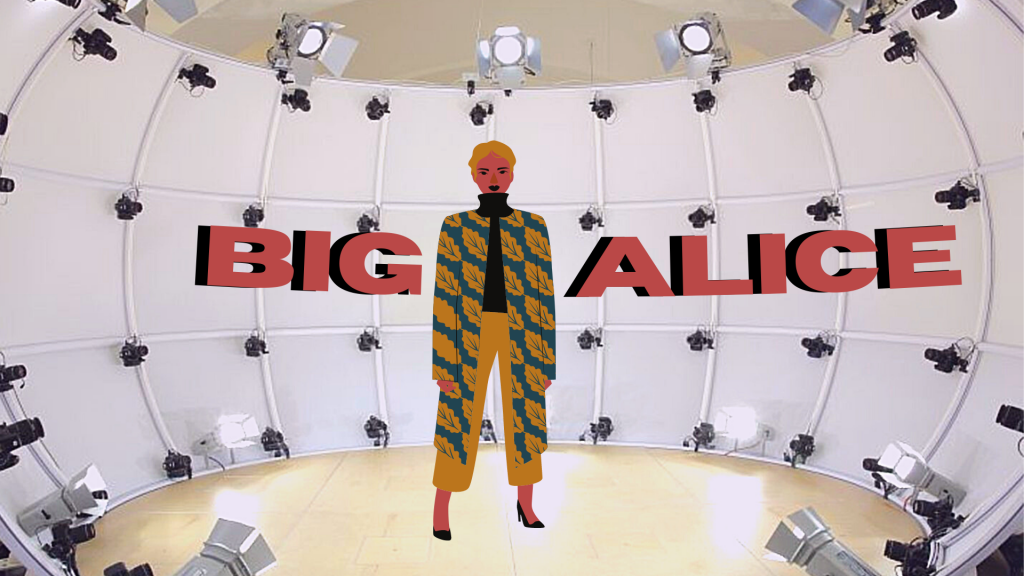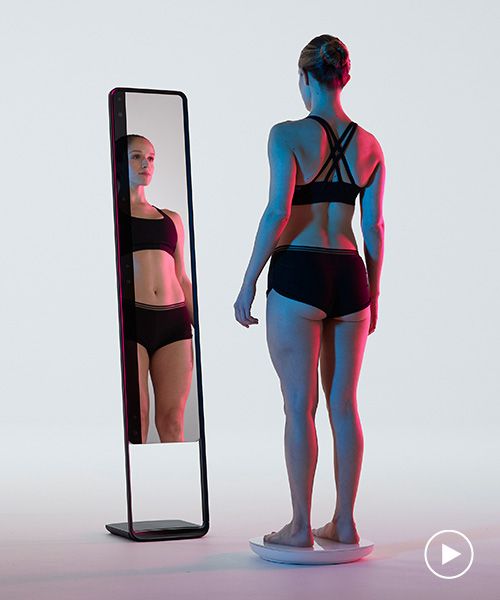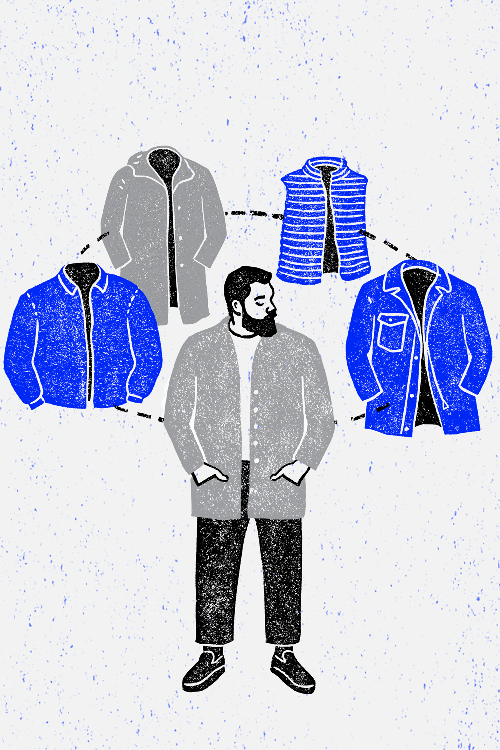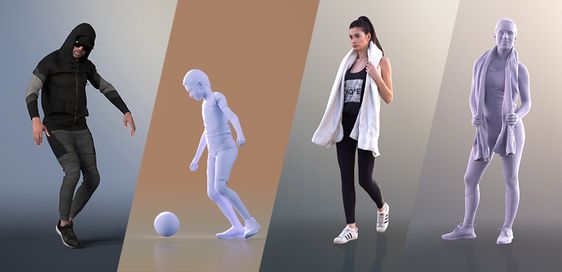- À New Wave to Fashion, À New Way of Living. Download Now on iOS Android Canada SS22
- hello@alahausse.ca
BIG ALICE is Revolutionizing Retail Through Their 3D Full-Body Scanner

Pauline van Dongen’s touch sensitive denim: Clothing with Intimacy
August 14, 2021Coty Brand: How They Plan to Manufacture Carbon into Perfume
August 14, 2021
Written by Hana El-Sharabasy
With the surge of online shopping due to COVID-19, companies are desperate to iron out all the kinks. 3D scanning may be the answer to all of our problems. Virtual try ons in a simulated fitting room may level the playing field between online and in person shopping. Austrian-based company and creator of BIG ALICE, 3D CopySystems, is the first company to premiere their scanners for use in the fashion industry. BIG ALICE is a scanning studio that can provide 3D renderings and accurate measurements of any human or object.
How BIG is BIG ALICE?
When they said BIG ALICE they weren’t kidding. This scanning studio is 6 metres long, fit with 64 DSLR cameras. The excessive amount of lenses in this studio means there is a margin of error of less than 1 mm. Extreme accuracy was a non-negotiable for 3D CopySystems when creating their newest project. BIG ALICE is efficient in every way, in under a minute the studio can capture up to 6 people at once.
Garment Manufacturing
High-end retailers have been offering made-to-measure garments for years. The time-consuming art of creating custom clothing means a high price tag. Made-to-measure considers more than the standard bust, waist and hip measurements typically included in size guides. They account for bodily inconsistencies like asymmetry or being in between sizes. These implications can make it hard for customers to shop at ready-to-wear stores. The few-second scan in BIG ALICE eliminates the need for dozens of measurements and fittings making made-to-measure quicker and more affordable. Designers are finding new ways to utilize their 3D scans by bringing them into pattern-making softwares. Balenciaga was the first to scan models and create customized patterns all in the digital space.

Future of 3d Scanners in Retail
The biggest fault of online shopping is the inability to try on clothes before you purchase, resulting in far too many returns. Clothing companies are implementing 3d scanning technologies into their shopping experience giving simulated fittings to their customers. Amazon recently purchased software company Body Labs to implement their scanning technology into their shopping experience. This is all in an effort to reduce return rates to save them time and money.

Virtual Fitting Room
Online shopping is not the most eco-conscious option. Packaging waste and shipping emissions are only increased when someone makes a return. Utilizing 3d scanning as part of online shopping is expected to decrease the rate of returns and up the customer satisfaction. Companies offering virtual try-ons may also expect an increase in online purchases due to the reliability of knowing your clothes will fit the way you expect.
BIG ALICE in Healthcare
The accuracy of 3d scanning can streamline the process of creating prosthetics. What is normally a lengthy and painful process is made easier with scanning technology. Similarly to garment construction, utilizing a scanner helps to eliminate many of the tedious fittings that come with receiving a prosthetic. The same methods can also be applied to orthopedics for patients requiring custom braces. The customizability of patient care with 3D scanners may mean quicker recovery times.
3d Scanners On Our Self Esteem
All fashion connoisseurs can agree that a piece of well-fitting clothes can build our self-esteem. Nothing is better than finding that perfect fit. Accurate measurements from the 3D scanner means finding the perfect fit will be easier than ever. Some studies have suggested that seeing a 3d scan of themselves inclines them to ‘manage their appearance”. Even active participants with no history of self-image issues said their dissatisfaction upon seeing the 3D scan was a motivator for them to exercise more. This is where 3d scanners may not be as helpful as we have hoped.

Building a Meaningful Closet
Whether you shop at the mall or made-to-measure luxury retailers, thoughtful purchases are always environmentally friendly. 3D scanners will help us to make mindful purchases to build a meaningful closet that makes us excited to get dressed in the morning.
Via ÀLA.HAUSSE‘s Multi-functional and Multi-purposeful Fashion Ecosystem- BUY/SELL/RENT/LEND/ (swap BETA 2021) mobile application, INDIVIDUALS & brands ( BETA 2021) are encouraged to REBUY, RESELL, REUSE and UP-CYCLE their personal “Clossets” aka Clothing Assets, along with overstock inventory and samples. Through this consumerism habit shift we indirectly slow down the urgency on fashion’s carbon footprint, aiding sustainability as a whole.
BETA Early Access Application Now Open for CA Fashion Lovers: Apply Now for LAST CALL
with Stories on www.alahausse.ca
#ALAHAUSSE #WEARYOURPURPOSE #HAUSSEPEOPLE
References:
- https://eco-age.com/resources/blockchain-technology-powering-transparency-fashion-supply-chain/
- https://academy.ivanontech.com/blog/blockchain-in-fashion-8-reasons-blockchain-in-the-fashion-industry-will-take-off
- https://www.ftaccelerator.it/blog/blockchain-technology-future-fashion/
https://nowfashion.com/can-blockchain-save-the-fashion-industry-28585







